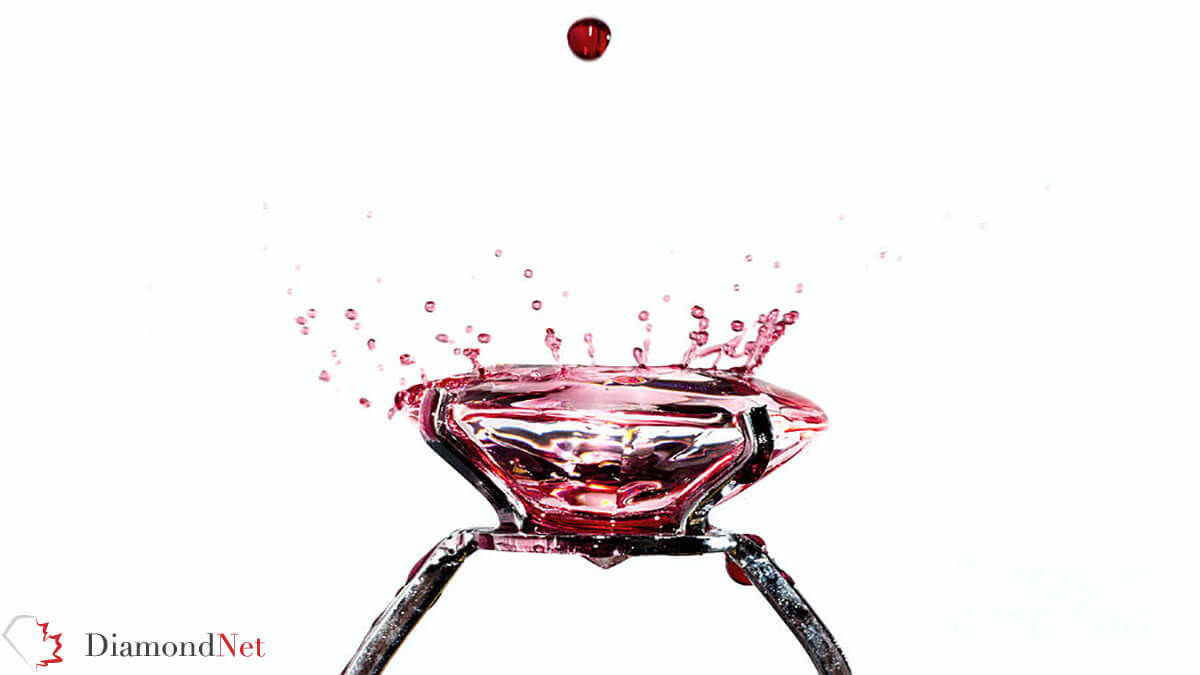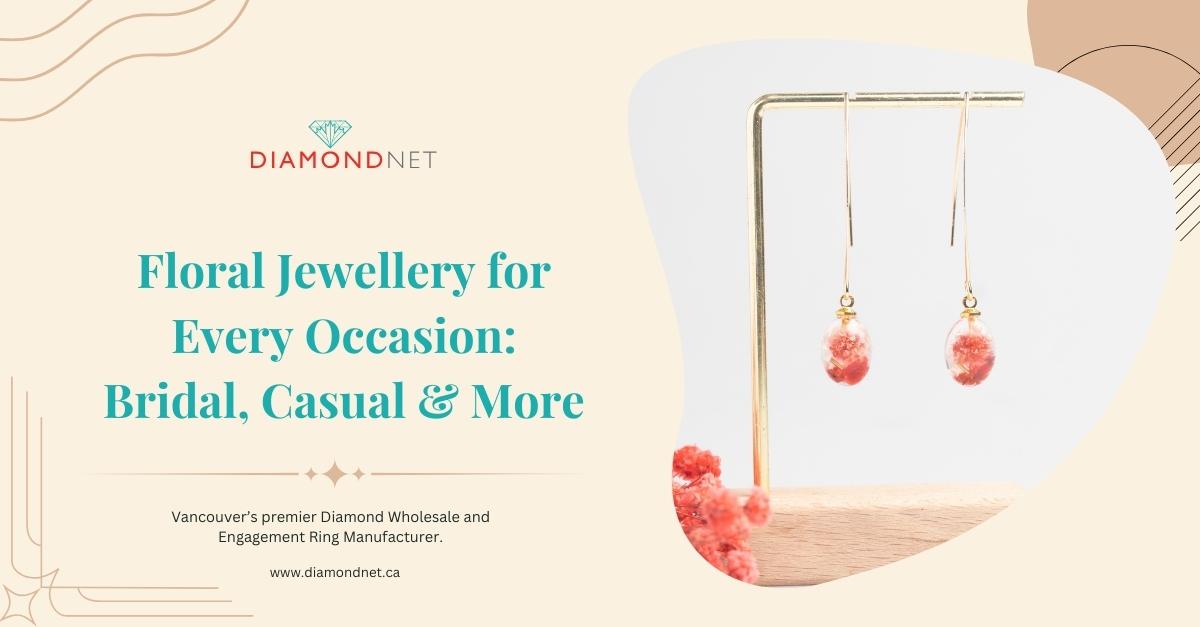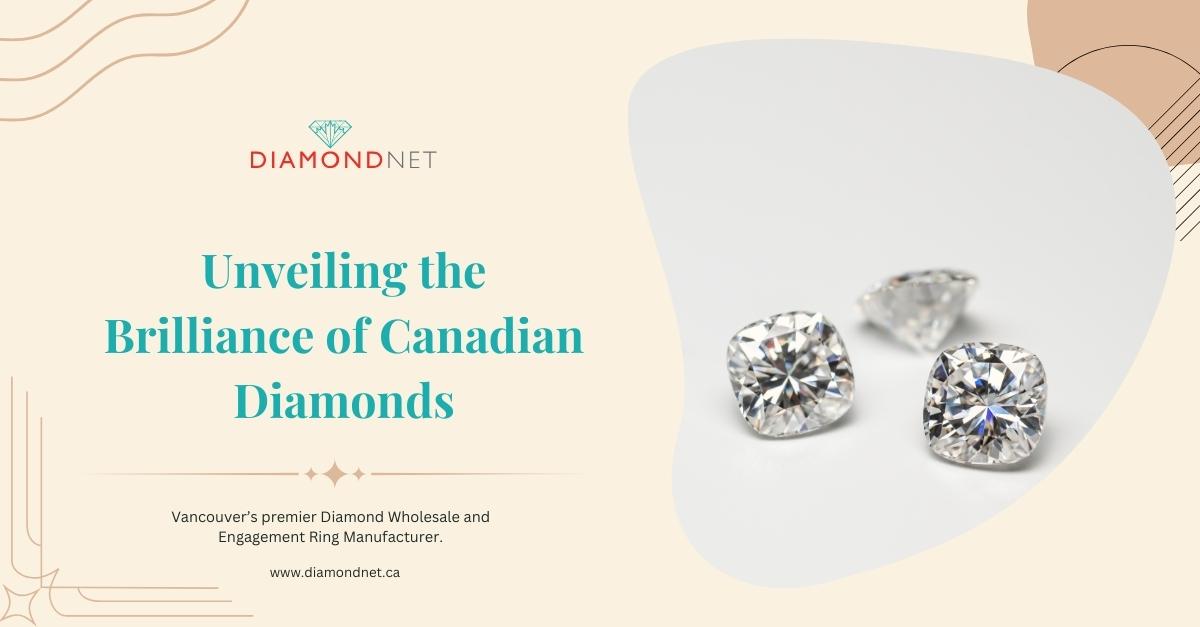Canada is a great country for many reasons. From extremely polite people to diverse culture and appetizing international cuisines, it is also the home to Niagara waterfall, one of the greatest in the world. The maple syrup, moose and Ice hockey are the next great things you might remember about this country BUT Canada is also home to some of the best Diamond Mines in the world!
Unlike the old Diamond industry that at some point in history became associated with “blood Diamond”, Canadian Diamonds are fair trade and conflict free.
In this article, we will explore the story of Canadian fair trade Diamond engagement rings so you can have peace of mind wearing your Canadian Diamond.
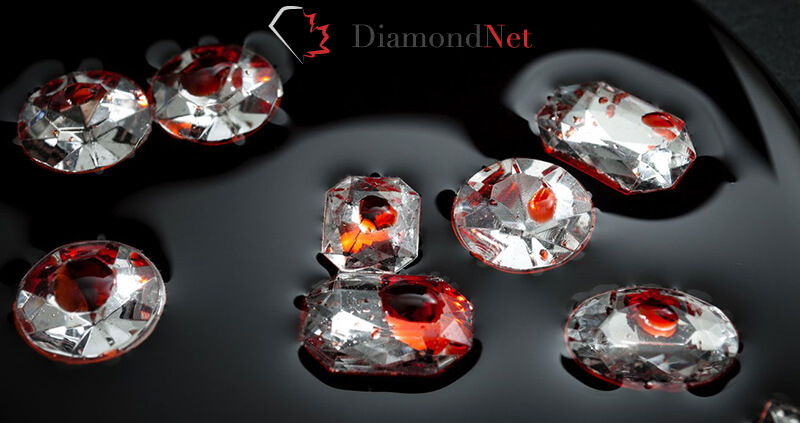
What is conflict Diamond?
In order to understand why Canadian Diamonds are fair trade, you need to know about the history of conflict Diamond.
United Nations (UN) defines conflict or blood Diamond as any Diamond mined in regions of the world that are controlled by opposing forces to legitimate and internationally recognized governments to fund military operations.
This definition was formulated in the 90s due to brutal civil wars in some parts of western and central Africa such as Angola, Congo and Sierra Leone. Rebel groups mined rough Diamonds and sold it either directly to merchants or smuggled them into neighboring countries to be merged with legitimately mined stones and enter open market. The proceeds then were spent to buy war materials for extremely violent campaigns against governments but civilians suffered greatly.
UN Security Council released a report on trade of conflict Diamonds in open markets around the world specifically De Beers Company that controlled 60 percent of global trade. It also questioned the trading process in the world’s largest market in Antwerp, Belgium as they did not verify the origin of the rough Diamonds. The report encouraged trade associations to join UN and human rights groups to establish the Kimberley Process. Canada played a key role in establishing this initiative.
Starting in 2003, Kimberley certification process has been verifying whether Diamonds from exporting countries are “conflict-free.” Since then, blood Diamonds in global market have lost their share of 15% in the 90s to less than 1 percent!
However, the UN definition of blood Diamond was updated as some countries such as Zimbabwe that are certified were involved in the abuse of power in legal operations by officials of recognized governments. They were motivated to enrich themselves, preserve their political power, promote their associates or suppress their opponents at the expense of miners and workers who were treated brutally and without basic human rights. Therefore; current definition considers any Diamond traded with any kind of aggression and violence a conflict Diamond.
What is Canadian Diamond framework?
The whole Diamond industry in Canada was founded on ethical basis from the beginning where fair trade and eco friendliness are the number one rules to make the products conflict-free. It implements the Kimberly process to control trades by legislations.
The workers which are mostly aboriginal locals are paid and provided fairly by international standards and the operational impact of mining on surrounding natural ecosystem such as wildlife and lakes along with indigenous culture is measured both during operation years and post closure of the mine. The mines do not use chemicals for extracting Diamond nor do they generate acid or metal leachates during processing. This process decreases their impact on nature. Environmental monitoring takes a few years to complete and then reclamation plan starts to deliver the site safely for future use of humans and wildlife. The certification process and supply chain is also legitimately traceable from the mine up to retail by the means of branding.
Canadian Diamonds are graded and certified with their serial number laser inscribed on their girdle accompanied by a trade logo chosen from Canadian icons such as maple leaf, polar bear, Canadamark or even the words “Ice on Fire.” This successful feature helps conscious consumers have peace of mind about the origin of their Diamond.
Canada has a distinctive Diamond framework for sustainable development that was established early on. It consists of two different systems to assess the environmental impact of mines. The first system uses the Triple Bottom Line (TBL) model that approaches ecologic, economic and social impacts of Diamond mining on planet, profit and people through legal attention. The second system uses Five Capital (5 CAPS) approach to assess the management of natural, human, social, financial and manufactured capitals in order to improve them over time and compare them to sustainability in other countries.
Canadian Diamond framework is the best in the world in terms of the model and implementation.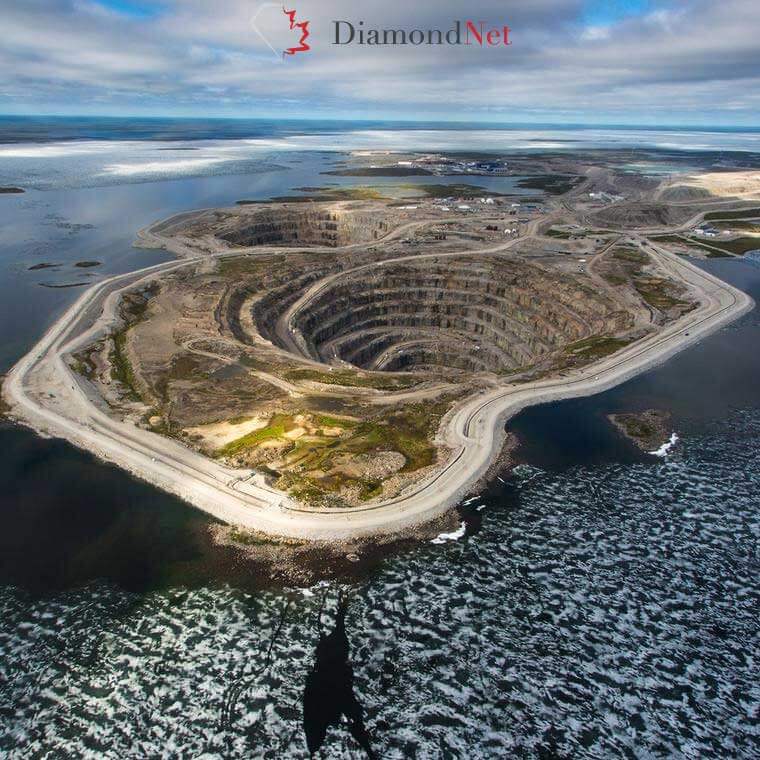
What are Canadian Diamond mines?
The first Diamond mine in Canada was discovered in the 90s by two geologists Chuck Fipke and Stewart Blusson. It was in Point Lake, North West territories (NWT) that soon was determined uneconomical.
- Ekati Mine
The first discovery, initiated a rush to search for other resources that resulted in discovery of Ekati Mine in Lac de Gras, NWT. It became operational in 1998 and has since produced 67.8 million carats of Diamonds. It is estimated to have 105 million carats that are 45 to 62 million years old.
The next 10 years saw the discovery and operation of many new mines. - Diavik Mine
Located in Lac de Gras, NWT, it opened in 2003 to be the largest open pit Diamond mine in the world. It has mined 8 million carats annually some of which has been yellow in color. - Jericho Mine
The first mine in Nunavut territory was discovered in 1994 but operation began in 2006 to produce 780,000 carats and close in 2008. - Snap Lake Mine
The first underground Diamond mine in Canada, located in northeast of Yellowknife, NWT, it was operational in 2008 to extract 1.2 million carats and close in 2015. - Victor Mine
Discovered in James Bay, Lowlands, the first mine in Ontario opened in 2008. It extracted 7 million carats till 2019 when it was closed. It is known for rare pink Diamonds. - Renard Mine
Located in Chibougamau, Quebec, the mine opened in 2014 to extract 106 million carats annually during a 14 years period. - Gahcho Kue Mine
It is located in Kennedy Lake, NWT that opened in 2016 with a life expectancy of 12 years. It is estimated to have 50 million carats of Diamonds. - Star-Orion Mine
Located in Prince Albert, Saskatchewan, it started bulk sampling in 2018 and is estimated to have 66 million carats of Diamonds in a 38-years life expectancy.
The final product, Canadian Diamond Engagement Rings
Canada has a unique Diamond market for many reasons. The number of mines present in the country from one side, the gem quality of the stones from other side and the effective framework that makes the Diamonds fair trade, conflict free and environmental friendly all make the gem easily accessible to people. Being local also makes the prices much lower at wholesale level compared to international products that have high transportation cost and middle man fees.
Canadian Diamonds are premium gem quality due to their optimum molecular structure that creates perfect sparkle and pure brilliance earning the highest 4Cs of GIA compared to other products in the world.
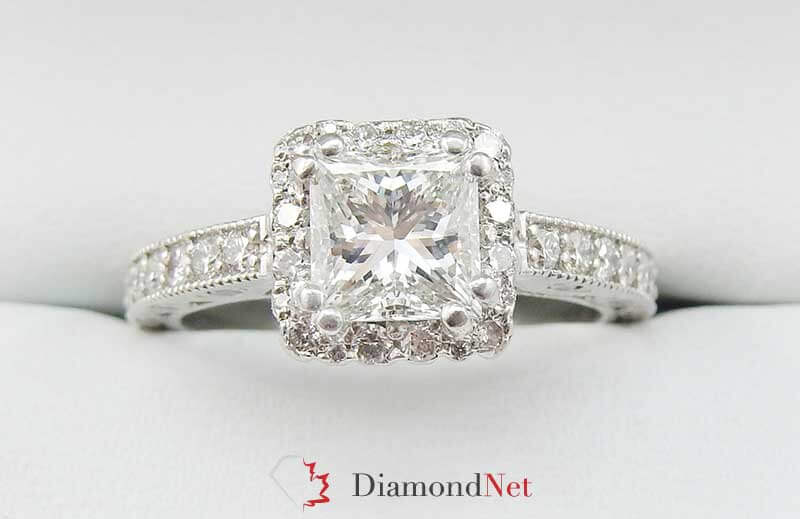
Diamond engagement rings in Vancouver are a great advantage for couples because not only the gem is mined and transported from neighboring territory which lowers the production cost, it is also cut, polished and designed by local Diamond dealers who are master of their art and craft. They uncover the hidden fire in the rough stone through complex facets and shapes and couple it with unique settings and perfect metal bands to deliver state of the arts Diamond rings that are both eye catching and valuable.
Diamond dealers in Granville Street in the heart of downtown Vancouver who are working among flashing neon and dynamic culture are top rated jewelers whose art and science of Diamond manifest in custom engagement rings that are designed just for you and your unique character.
